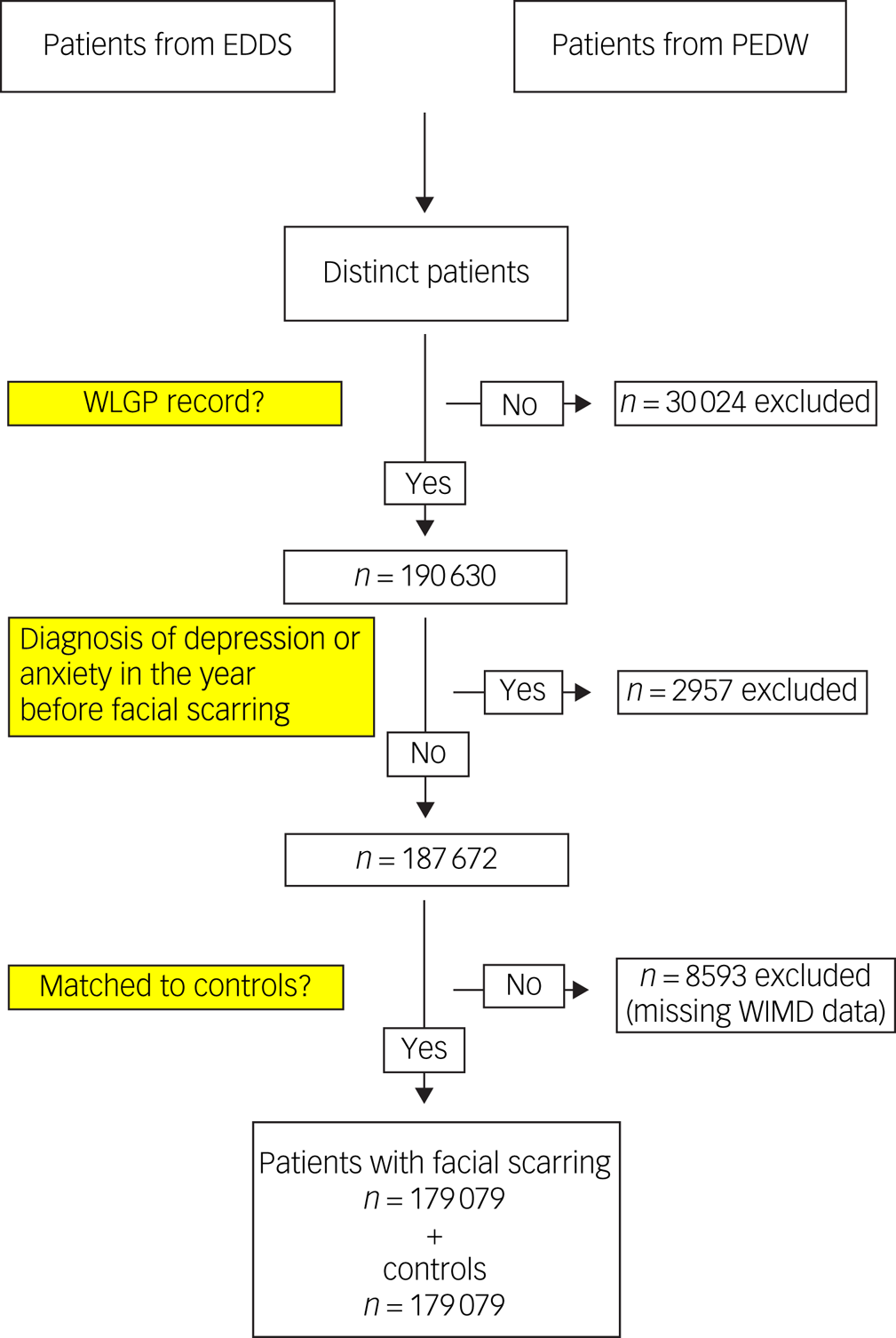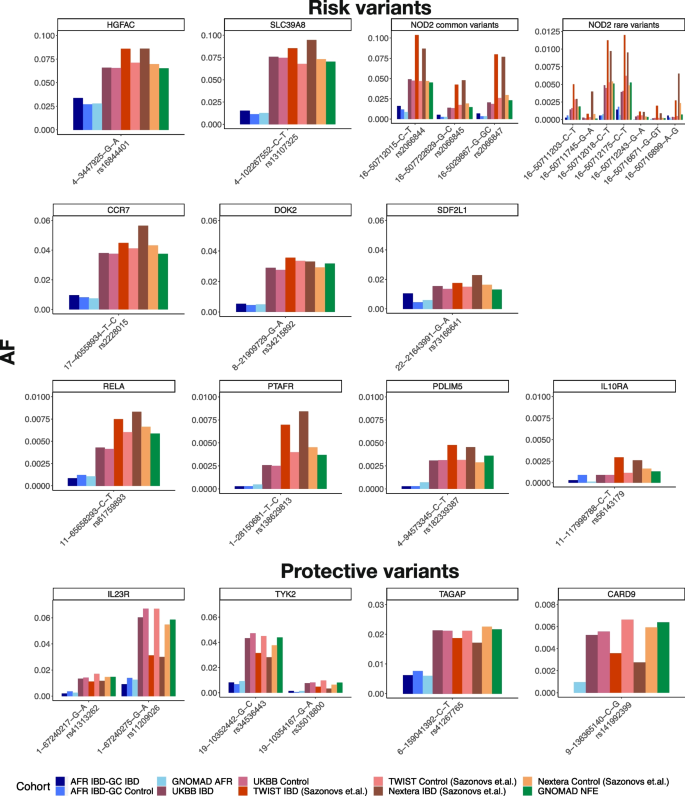2023-11-15 イリノイ大学アーバナ・シャンペーン校
◆乳児を対象に機能的MRIセッションと母親とのさまざまな対話的な課題を組み合わせ、乳児の脳活動が相互作用の柔軟性と関連しており、ストレスからの回復には脳のネットワーク間の結びつきが影響していることが示された。これにより、早期のメンタルヘルススクリーニングと介入に貢献し、将来の問題を抱える子供たちをサポートする手がかりとなる可能性がある。
<関連情報>
- https://aces.illinois.edu/news/infant-brain-activity-predicts-social-flexibility-stress-recovery-1st-year
- https://onlinelibrary.wiley.com/doi/10.1111/desc.13418
- https://academic.oup.com/cercor/article-abstract/33/13/8321/7107927
乳幼児の扁桃体の機能的結合とストレス要因後の社会的関与との関連性 予備的調査 Associations between infant amygdala functional connectivity and social engagement following a stressor: A preliminary investigation
Yannan Hu, Haitao Chen, Xiaomei Li, Ryan J. Larsen, Bradley P. Sutton, Wei Gao, Nancy L. McElwain
Developmental Science Published: 20 June 2023
DOI:https://doi.org/10.1111/desc.13418

Abstract
Functional architecture of the infant brain, especially functional connectivity (FC) within the amygdala network and between the amygdala and other networks (i.e., default-mode [DMN] and salience [SAL] networks), provides a neural basis for infant socioemotional functioning. Yet, little is known about the extent to which early within- and between-network amygdala FC are related to infant stress recovery across the first year of life. In this study, we examined associations between amygdala FC (i.e., within-network amygdala connectivity, and between-network amygdala connectivity with the DMN and SAL) at 3 months and infant recovery from a mild social stressor at 3, 6 and 9 months. At 3 months, thirty-five infants (13 girls) underwent resting-state functional magnetic resonance imaging during natural sleep. Infants and their mothers completed the still-face paradigm at 3, 6, and 9 months, and infant stress recovery was assessed at each time point as the proportion of infant social engagement during the reunion episode. Bivariate correlations indicated that greater positive within-network amygdala FC and greater positive amygdala-SAL FC, but not amygdala-DMN FC, at 3 months predicted lower levels of stress recovery at 3 and 6 months, but were nonsignificant at 9 months. These findings provide preliminary evidence that early functional synchronization within the amygdala network, as well as segregation between the amygdala and the SAL, may contribute to infant stress recovery in the context of infant–mother interaction.
3ヵ月時の神経回路網の機能的結合は、6ヵ月時の遊びにおける乳児と母親のダイアド的柔軟性を予測する。 Functional neural network connectivity at 3 months predicts infant-mother dyadic flexibility during play at 6 months
Xiaomei Li, Haitao Chen, Yannan Hu, Ryan J Larsen, Bradley P Sutton, Nancy L McElwain, Wei Gao
Cerebral Cortex Published:05 April 2023
DOI:https://doi.org/10.1093/cercor/bhad117
Abstract
Early functioning of neural networks likely underlies the flexible switching between internal and external orientation and may be key to the infant’s ability to effectively engage in social interactions. To test this hypothesis, we examined the association between infants’ neural networks at 3 months and infant-mother dyadic flexibility (denoting the structural variability of their interaction dynamics) at 3, 6, and 9 months. Participants included thirty-five infants (37% girls) and their mothers (87% White). At 3 months, infants participated in a resting-state functional magnetic resonance imaging session, and functional connectivity (FC) within the default mode (DMN) and salience (SN) networks, as well as DMN-SN internetwork FC, were derived using a seed-based approach. When infants were 3, 6, and 9 months, infant-mother dyads completed the Still-Face Paradigm where their individual engagement behaviors were observed and used to quantify dyadic flexibility using state space analysis. Results revealed that greater within-DMN FC, within-SN FC, and DMN-SN anticorrelation at 3 months predicted greater dyadic flexibility at 6 months, but not at 3 and 9 months. Findings suggest that early synchronization and interaction between neural networks underlying introspection and salience detection may support infants’ flexible social interactions as they become increasingly active and engaged social partners.


